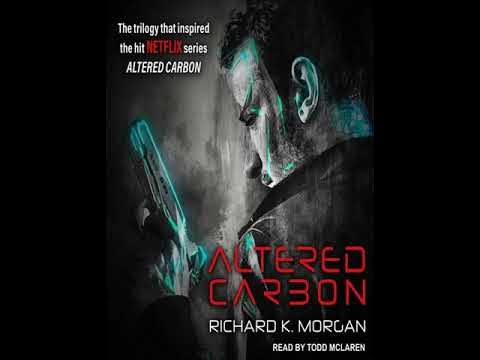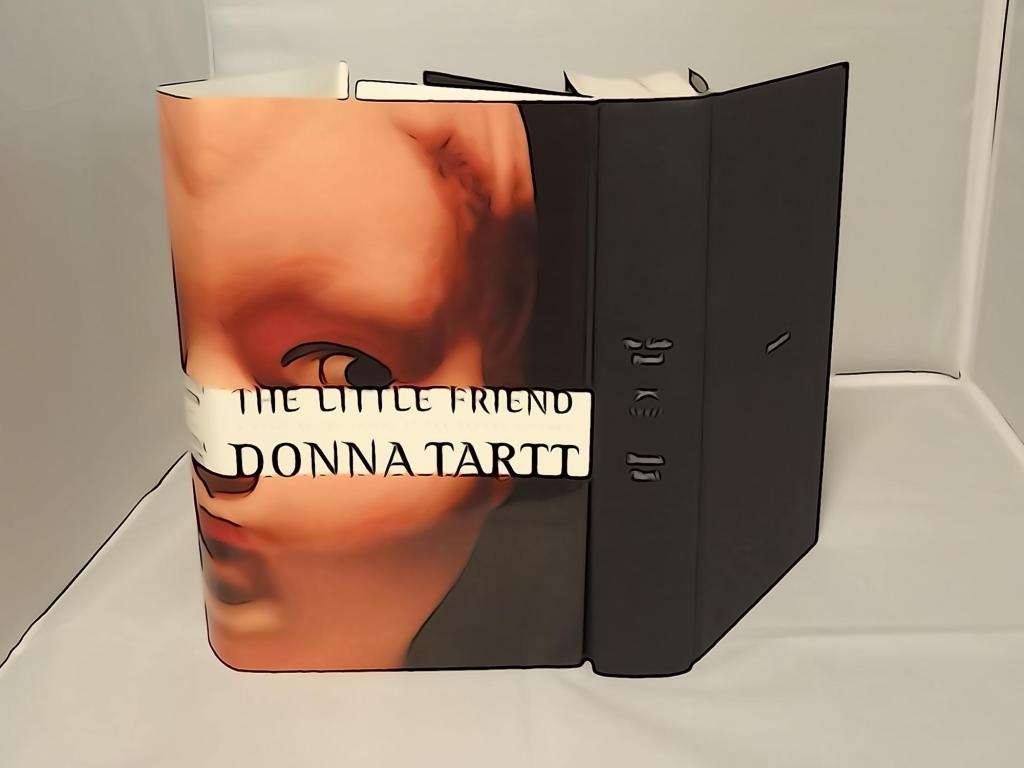Bret Easton Ellis stands as one of contemporary literature’s most polarizing figures, his works sparking fervent debates and deep contemplation among readers. From the nihilistic excesses of “American Psycho” to the detached disillusionment of “Less Than Zero,” Ellis’s writing plunges into the depths of societal decay, exploring the darkest corners of the human psyche. Yet, despite his acclaim, many struggle to fully grasp the essence of his work.
Ellis’s narratives often unfold in a world of privilege and extravagance, populated by characters consumed by apathy and moral ambiguity. This milieu serves as a backdrop for probing examinations of identity, alienation, and the erosion of empathy in modern society. Through his characters, Ellis confronts the emptiness lurking beneath the veneer of material success, challenging readers to confront uncomfortable truths about themselves and the world around them.
One of the primary reasons for the difficulty in understanding Ellis’s work lies in his unconventional narrative techniques. He eschews traditional storytelling conventions, opting instead for fragmented, non-linear narratives that mirror the disjointed nature of contemporary existence. This fragmented style can be disorienting for readers accustomed to linear plots, leading some to dismiss his work as gratuitously confusing or nihilistic.
However, beneath the surface of Ellis’s seemingly chaotic prose lies a meticulous examination of the human condition. His characters, while often morally reprehensible, serve as vessels for exploring the existential angst and spiritual malaise that afflict modern individuals. Through their experiences, Ellis exposes the hollowness of consumer culture and the existential dread lurking beneath the facade of wealth and privilege.
Furthermore, Ellis’s penchant for graphic violence and explicit content has drawn criticism from some quarters, with detractors accusing him of sensationalism and gratuitous shock value. Yet, to dismiss his work on these grounds is to overlook the underlying themes of alienation and moral decay that permeate his writing. Ellis’s depictions of violence and excess serve as a critique of a society that has become desensitized to human suffering, challenging readers to confront the uncomfortable realities of a world devoid of meaning.
To truly appreciate the works of Bret Easton Ellis, one must be willing to engage with the discomfort and disorientation that his narratives provoke. His novels are not meant to provide easy answers or moralistic lessons but rather to provoke introspection and critical reflection. In confronting the bleakness of Ellis’s fictional worlds, readers may find themselves compelled to reassess their own values and beliefs, ultimately gaining a deeper understanding of the complexities of the human condition.
In a literary landscape often characterized by conformity and conventionality, Bret Easton Ellis stands as a provocateur, challenging readers to confront the uncomfortable truths that lie at the heart of contemporary society. While his work may be challenging and at times confronting, it is precisely this willingness to confront the darkness within ourselves that makes his writing so vital and necessary. In an age of superficiality and distraction, Ellis’s uncompromising vision serves as a stark reminder of the power of literature to provoke, challenge, and ultimately, to illuminate.








Leave a comment